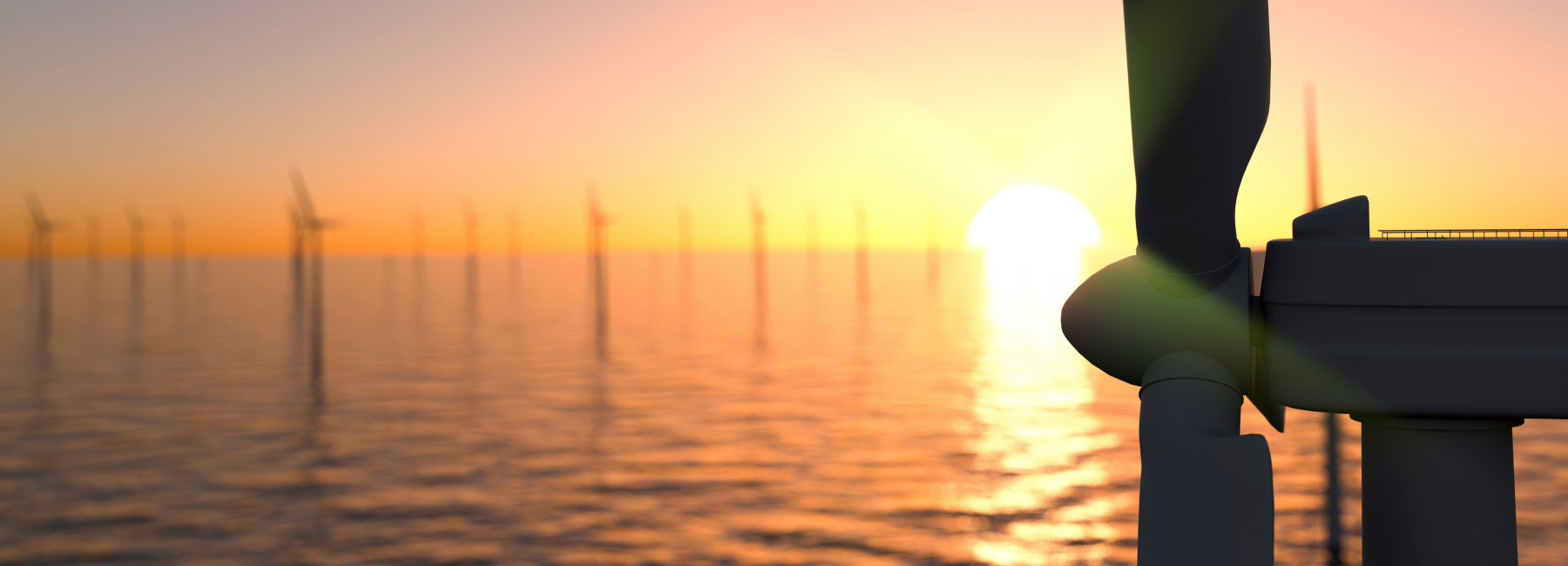Today – and for the next few decades – the way electrical grids develop and operate will be highly impacted by the growth in the electric car market and in heat pump adoption, as well as global warming and developments in self-consumption and renewables. The services electricity distribution and transmission networks provide will need to remain cost-efficient and reliable while the energy mix continues to decarbonise.
Digital technologies will be critical to easing the grid companies’ task of coping with the large-scale introduction of renewables in a way that enables efficient operation and timely development of the networks to meet decarbonisation goals. They will also be critical to managing the significant costs of this challenge – RTE recently published a survey which forecasts more than a doubling of investments in grid assets.
Optimising investments in the electrical grid
Advanced modeling technologies must be developed to run the “what if” scenarios required to optimise grid companies’ long-term investments and to help them react to geopolitical, regulatory, environmental or social events that will impact electricity transmission and associated costs.
Grid companies will also need the capability to understand how new generation and consumption patterns will impact everyday functioning. As an example, it will be crucial for a distribution company to use data analytics to assess how many decentralised solar panel and electric vehicle (EV) loading stations to have on each of the low-voltage distribution network segments, and to understand their ability to comply with established voltage standards.
Also, while grid companies’ historical behavior has been to invest mainly in grid reinforcement, they now will have to develop modeling tools to perform arbitrage between investing in grid, storage capacity or demand-side management systems. The energy regulator for Great Britain, already requires a proper business case with different scenarios to be produced before any significant grid reinforcement takes place. We can expect that this will quickly become the norm across Europe.
Maintaining the electricity grid balance
To avoid infrastructure imbalances that may lead to blackouts or network overloads, different system services, also call ancillary services, are coming to the fore. In Germany, for example, it’s already been demonstrated that lithium battery can be more competitive than classical turbines to deliver those services. The above-mentioned RTE survey notes that demand-side management systems and vehicle-to-grid technologies will also be 10 times more competitive for delivering peak shaving services, with a cost of 6 €/KW vs. 70 €/KW for gas turbine. Also, photovoltaic (PV) inverters can deliver reactive power directly to the distribution grid at a very attractive cost. Those novelties will require exchange platforms and new highly secured command-and-control systems to capture this added value.
Regardless of whether these services are performed by distribution companies, retailers, balancing agents or storage companies, potentially millions of devices will have to be handled. The installation, operation, and maintenance of those assets will require the use of highly scalable asset management software.
More electrical grid visibility and integration
Distribution companies will require much better visibility into the status of their grid and conserve the data they harvest to perform advanced analytics. Smart meters, which have been massively rolled out over the few last years, already provide some insight, but the analytics to take maximum advantage of data needs to be enhanced. The collection and broadcasting systems to report on the voltage status of distribution grids also need to be set up in most countries.
In the meantime, distribution companies are developing a new generation of digitalised control command systems which embed registering the status of all grid components, at the level of substations, feeders and transformers. Analysing the mix of the data coming from the grid and from the final point of delivery will provide many new use cases to ease the decarbonisation of the energy chain.
Finally, the future is going towards a higher level of integration between energy sources. As an example, hydrogen and electrical grids are going to be heavily interacting with each other. This will require the setup of a new data communication platform to accelerate carbon neutrality and optimise costs.
Growing decarbonisation of the economy is a tremendous challenge that will severely impact the electrical grid operators. True, digital technologies have an environmental impact, but that is outweighed by their contribution to moving towards an affordable and reduced carbon energy mix.


